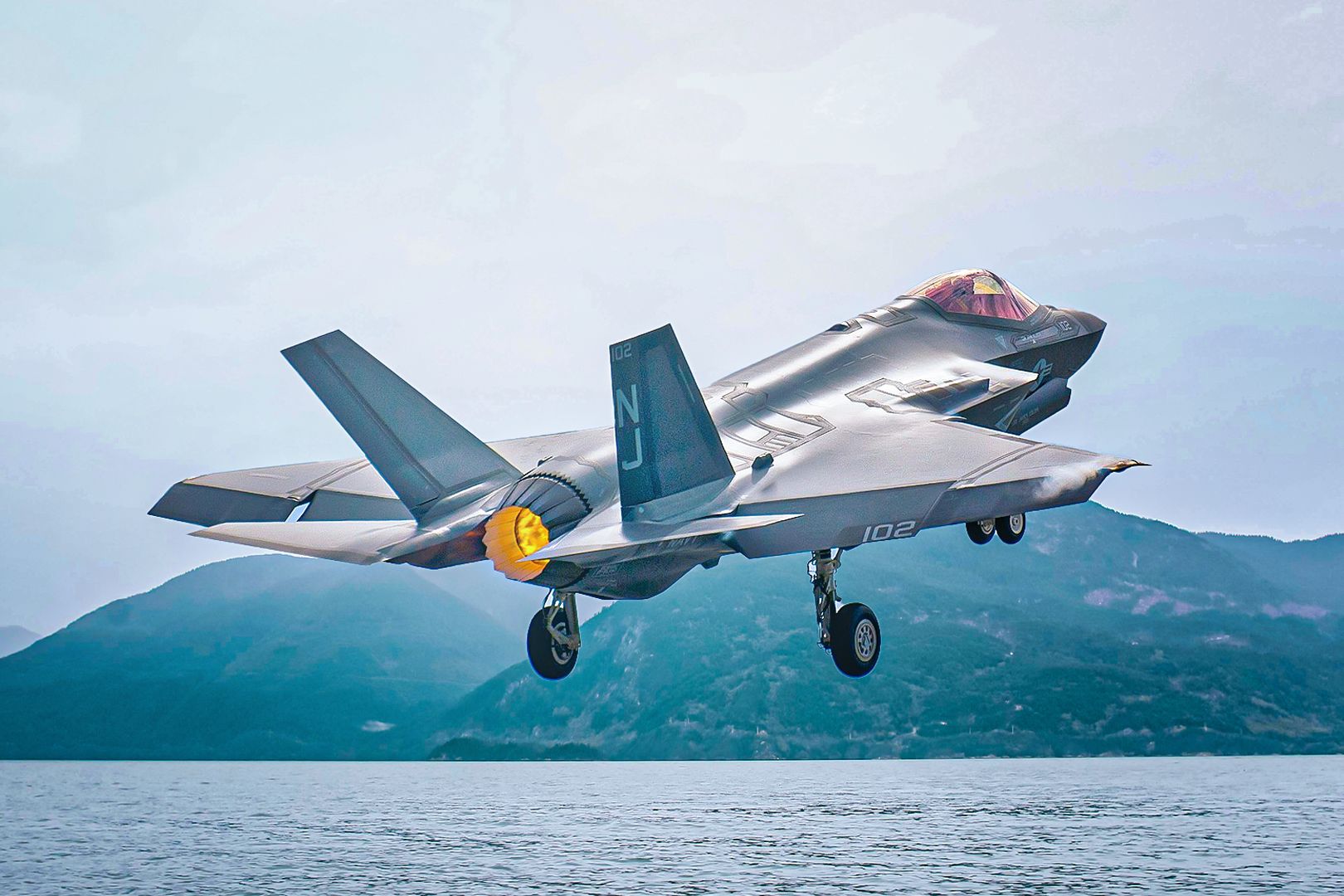
Summary US allies in the Asia-Pacific region heavily rely on F-35s for defense against Chinese and North Korean threats. The RAAF, JASDF, ROKAF, and RSAF have varying but intertwined motives for acquiring the F-35. The international F-35 fleet in Asia-Pacific significantly enhances regional defense capabilities and promotes peace.
The 5th Generation Lockheed Martin F-35 Lightning II stealth fighter is here to stay, the controversies over its Stateside cost overrun and reliability issues notwithstanding. The British alone produce approximately 15% of the F-35, with other components produced by many different US allies around the world. That should be a comforting thought to America's allies in the Asia-Pacific region.

Indeed, several of those allies have proven to be the F-35's most enthusiastic foreign military sales (FMS) customers, undoubtedly motivated by China's ever-increasing bellicosity (especially with the expansion of its own 5th Generation Chengdu J-20 fighter fleet) and the ongoing threats from North Korea (although granted, their air force is nowhere near as sophisticated as China's). Simple Flying now examines how the Lightning II's presence impacts the Asia-Pacific region's power dynamics. F-35s in America's Asia-Pacific allies' arsenals There are currently four US allies in the region whose air forces have purchased the F-35: Royal Australian Air Force (RAAF) : 22 F-35A airframes are currently in service, according to the World Directory of Modern Military Aircraft (WDMMA) .
Japan Air Self-Defense Force (JASDF; 航空自衛隊/ Kōkū Jieitai ): 12 F-35A airframes are currently in service. Republic of Korea Air Force (ROKAF ; 대한민국 공군/ Daehanminguk Gong-gun ): 40 F-35A airframes were delivered as of January 2022. The ROK Navy (대한민국 해군/ Daehan-minguk Haegun ) plans to acquire 20 F-35Bs, but South Korea's National Assembly has not yet approved the deal.
Republic of Singapore Air Force (RSAF): 12 F-35Bs on order as of February 2024, with the first four airframes to be delivered in 2026. The other eight are slated to be delivered in 2028. Eight additional F-35As have also been ordered and are expected to arrive by 2030.
Motivations for F-35 acquisitions Those four countries have similar, though not completely matching, motivations driving their F-35 Lightning II acquisitions. They boil down to five letters: C-H-I-N-A. Undoubtedly, China's growing influence in the Asia-Pacific has made other countries eager to establish a robust national defense.
Given the ever-deteriorating relations between the US and China, it begs the question: how do their F-35 and J-20 stack up against each other? While all look to China, Australia and Japan are more directly focused on the Chinese threat, while, unsurprisingly, South Korea is more focused on the North Korean threat. As the world's smallest country with the most powerful air force , Singapore watches everyone closely. However, China and North Korea are each other's closest allies in East Asia.
Japan is also quite concerned about North Korea's ballistic missile capabilities. (I can personally attest to that, having worked as a private military contractor [PMC] at a joint US Army-JSDF missile defense site in Shariki, Japan , from September 2014 to April 2015). It's not a stretch to say that the reasons for RAAF, JASDF, and ROKAF to obtain the F-35 are, if not identical, then closely intertwined.
U.S.-owned F-35s are notorious for their reliability issues.
Yet the Royal Australian Air Force (RAAF) F-35s are performing just fine, thanks. As I've mentioned in a couple of previous Simple Flying articles, when I asked a group of RAAF officers earlier this year how they liked having the F-35 in the arsenal, they gave me this reply: "We love them!" These three nations' F-35s, along with the ones in the region actually owned by the US Armed Forces, make for a potent coalition that would give the East Asian communist nation's military planners a run for their money in the event of an actual shooting war. Learn more about the North Korean Air Force .
US-owned F-35s' contributions to the Asia-Pacific Big Picture As important as the F-35 is to the fighting capabilities and national pride of Australia, Japan, South Korea, and Singapore alike, it is still incumbent upon the US-owned Lightning IIs to "complete the circuit" (so to speak) by bolstering the strength and viability of the anti-Communist vanguard of the Asia-Pacific allies to an optimal level. As international defense consultant Robbin Laird of the Breaking Defense Board of Contributors stated back in 2013: "The F-35 as an Allied and American fleet brings several key and core capabilities to shaping a new attack/defense enterprise, one which allows the US to play a key lynchpin role and yet, at the same time puts allies in the lead to defend themselves and their own interests..
.A global fleet of F-35s in the Pacific provides several significant contributions to shaping a 21st century strategy: a networked fleet, significant interoperability, multiple and diversified basing, enabling a wolfpack operational approach to leverage best value out of deployed assets, and a globally sustained fleet." Fast-forward to the present year, and Mr Laird's words proved to be quite prescient, as demonstrated by a Lockheed Martin news release published back in February: "Exercise Vigilant Defense: In October 2023, American F-35s and F-16s trained with South Korean F-35s and aircraft from the Royal Australian Air Force.
Exercises like this strengthen interoperability with allies in the region." "Joint Training Over the East China Sea: In Fall 2023, U.S.
Air Force F-35s trained with Japanese aircraft over the East China Sea. These exercises are critical to deterring aggression and maintaining regional peace and stability." That same article also notes, "By 2035, 300+ F-35s will call the Indo-Pacific region home.
".













